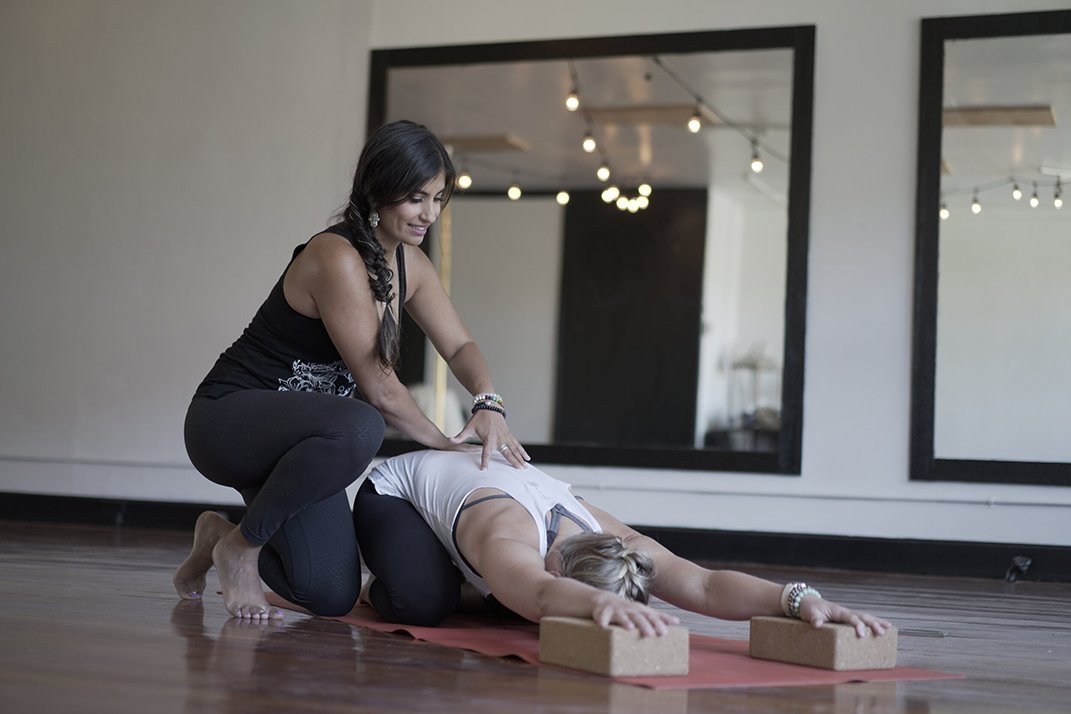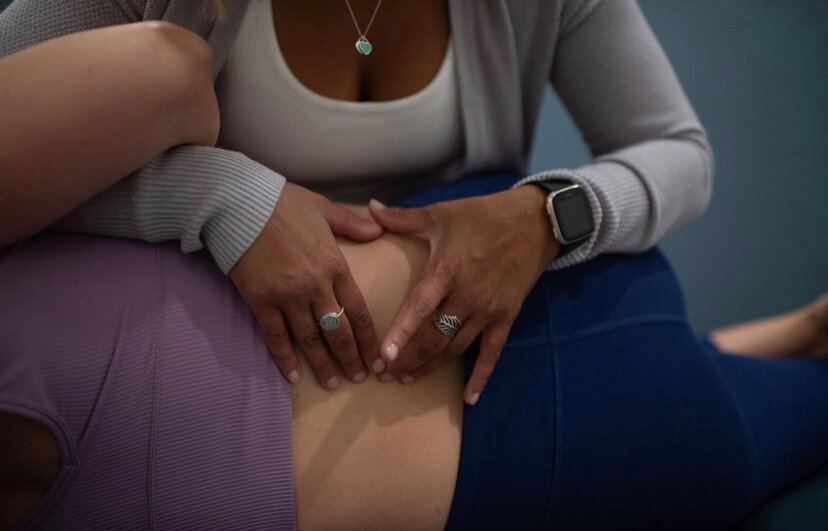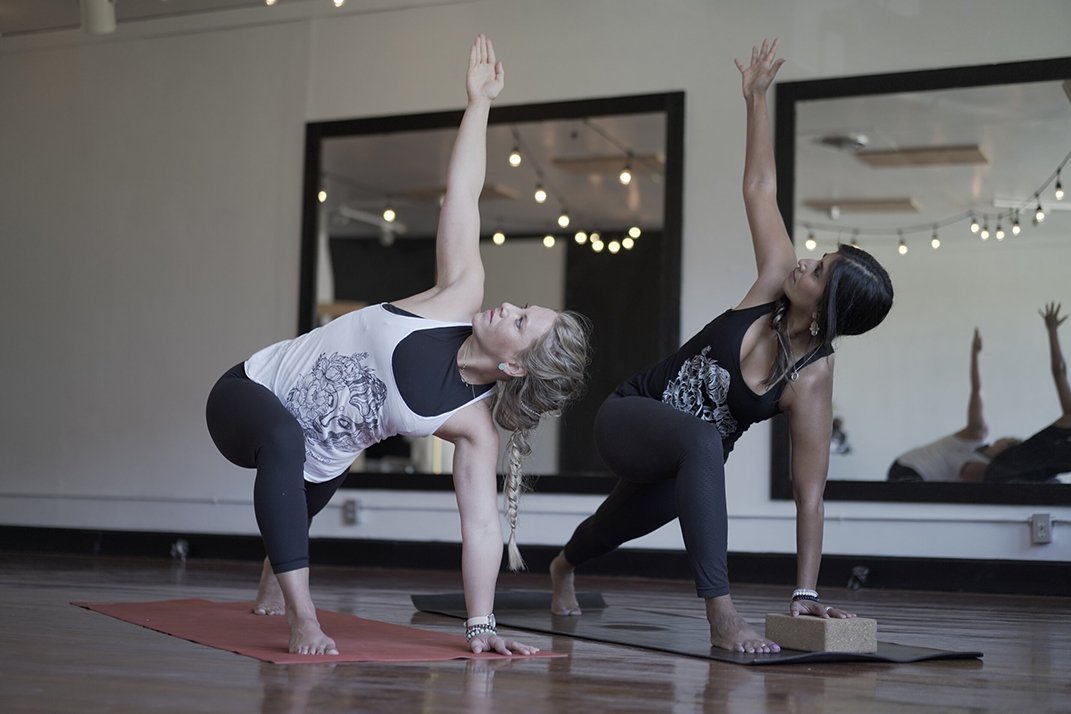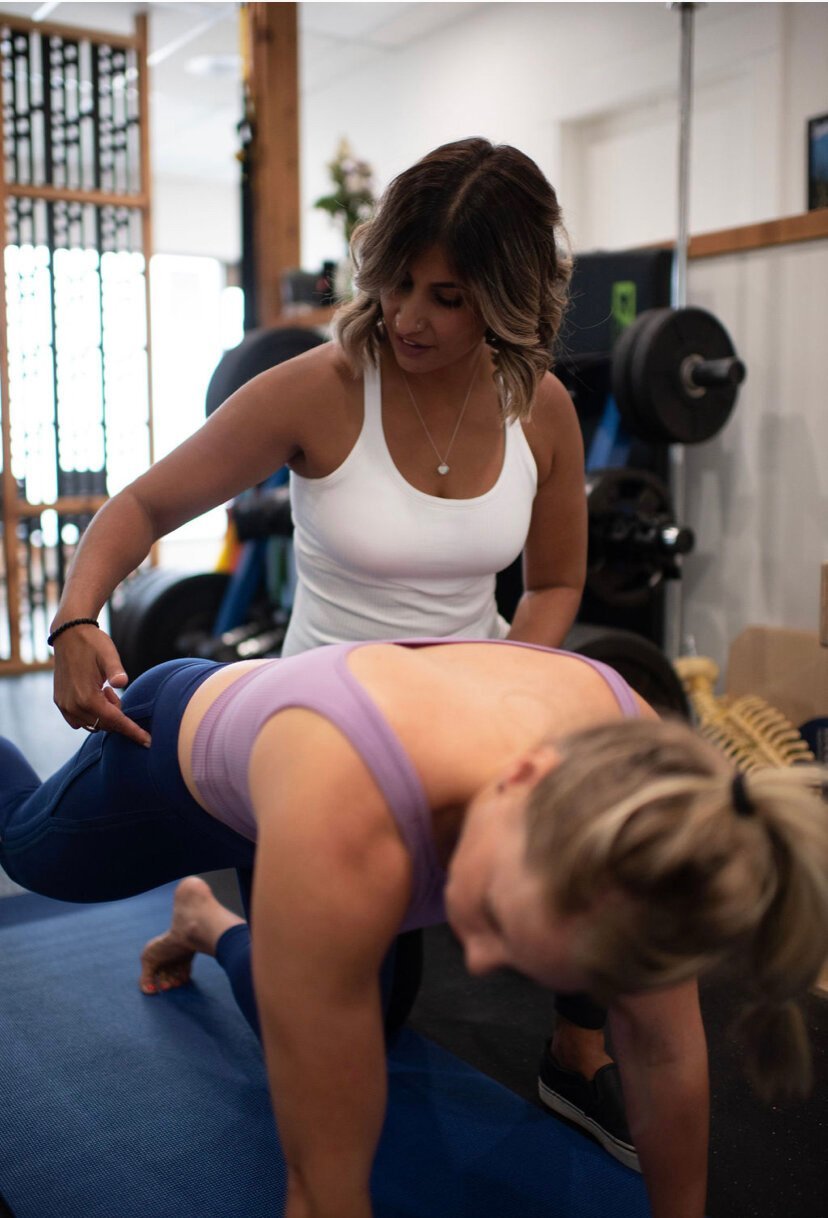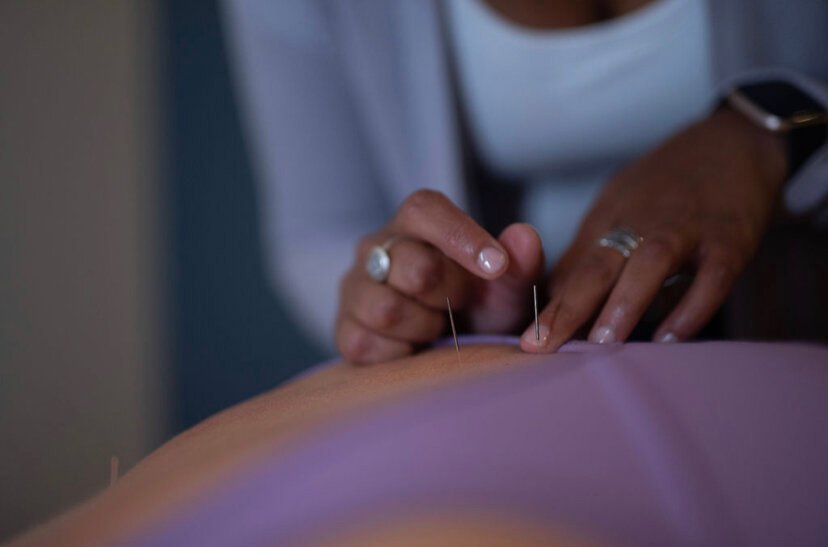Physiotherapy
Physiotherapists are primary health care professionals with a significant role in health promotion and treatment of injury and disease.
Physiotherapists use various diagnostic and treatment instruments to help promote recovery, decrease pain and get you back to function. These instruments include Acupuncture and Intra-Muscular Stimulation Therapy (IMS), manual therapy and exercise prescription.
These techniques paired with rehabilitation exercise prescription and education help to empower our clients to take charge of their health and well being.
Physiotherapy is an excellent modality in conjunction with Massage Therapy in treating sports injuries, muscle imbalances from life in general, trauma based injuries such as motor vehicle accidents, work place injuries and post surgical, systemic conditions such as arthritis, and muscle sprains, strains, impingement, tendonitis, disc injuries and postural instabilities.
Services
Manual Therapy
For muscle, joint, and other soft tissue injuries.
Treats musculoskeletal pain and disability through manipulation using dry needling, soft tissue techniques and mobilization of joints and muscles.
Yoga Therapy and Exercise Prescription
Find joy in movement
A unique blend of physical therapy and yoga principles that guide the assessment and treatments of various neurological, musculoskeletal, and chronic injuries/diseases.
Acupuncture for Injuries
Acupuncture is a tool used by physiotherapists to treat acute and chronic painful conditions of the musculoskeletal system.
Physiotherapists utilizing acupuncture are using it as a tool within their physiotherapy treatment plan and are not functioning as an acupuncturist. When a physiotherapist utilizes acupuncture it is still considered physiotherapy and is thus covered under extended medical plans as a physiotherapy visit. Acupuncture provided by a physiotherapist can not be claimed under extended medical insurance as a visit to an acupuncturist.
Dry Needling
The insertion of a thin acupuncture needle into a tight band or “trigger point” in a muscle causes the band to momentarily tighten further. The muscle fiber contracts around the needle and often twitches and then relaxes fully. This muscle response releases tension, pain and compression and allows a window of opportunity for retraining proper movement patterns. The results of dry needling are often cumulative, with longer lasting results after several treatments. After 2-3 treatments we can usually tell if it will be an effective tool for pain relief for your problem.
When the muscle contracts around the needle it is often felt like a pressure, a grab, a pinch or a cramp. It can be uncomfortable and sometimes painful but it is very fast. The needle is removed within a few seconds. This is one way how it differs from acupuncture. In acupuncture multiple needles are left in for 15 or more minutes. The needles used are the same with dry needling and acupuncture but the technique and response is different.
Women’s Health
Over a third of women experience a problem with their pelvic floor within their lifetime. Unfortunately, it is often not a problem that “fixes itself” nor is it talked about enough. Pelvic related issues can reveal themselves in different ways, such as back pain, urinary incontinence, and pain during sex. A Physiotherapist trained in pelvid health can help find the problem and help to rehabilitate the pelvic floor.
Stott Pilates
A unique blend of physiotherapy and clinical pilates that is modified by physiotherapists to suit anyone with pain or injury and also a great workout to help you strengthen and stretch the body.
